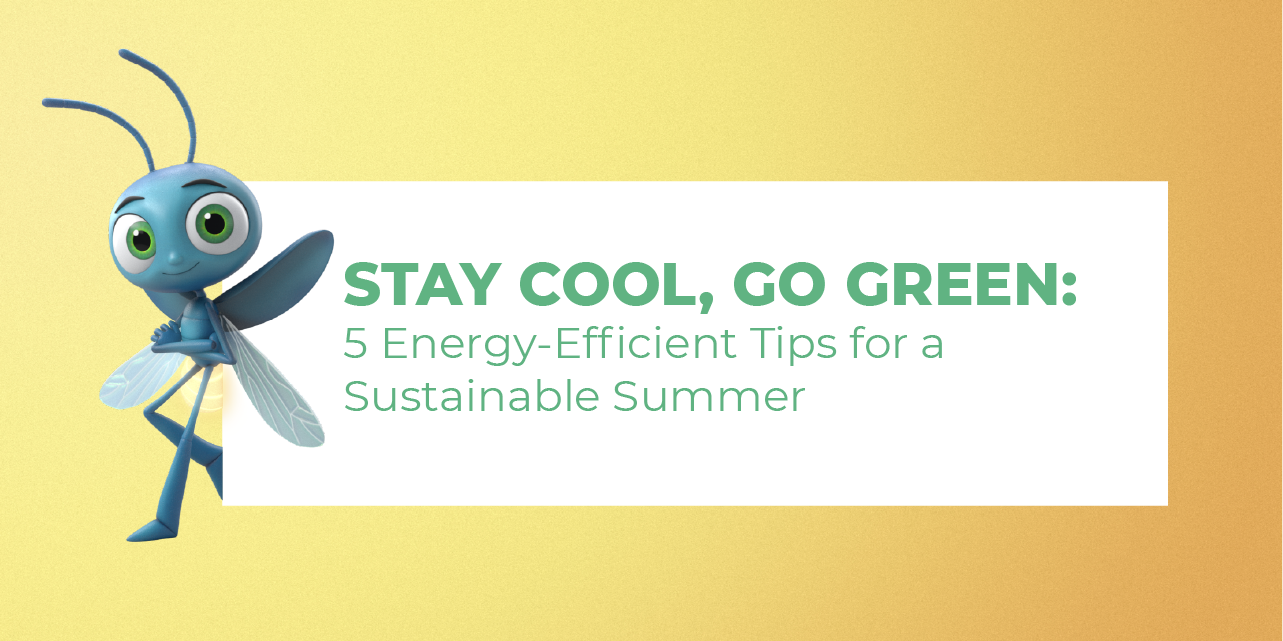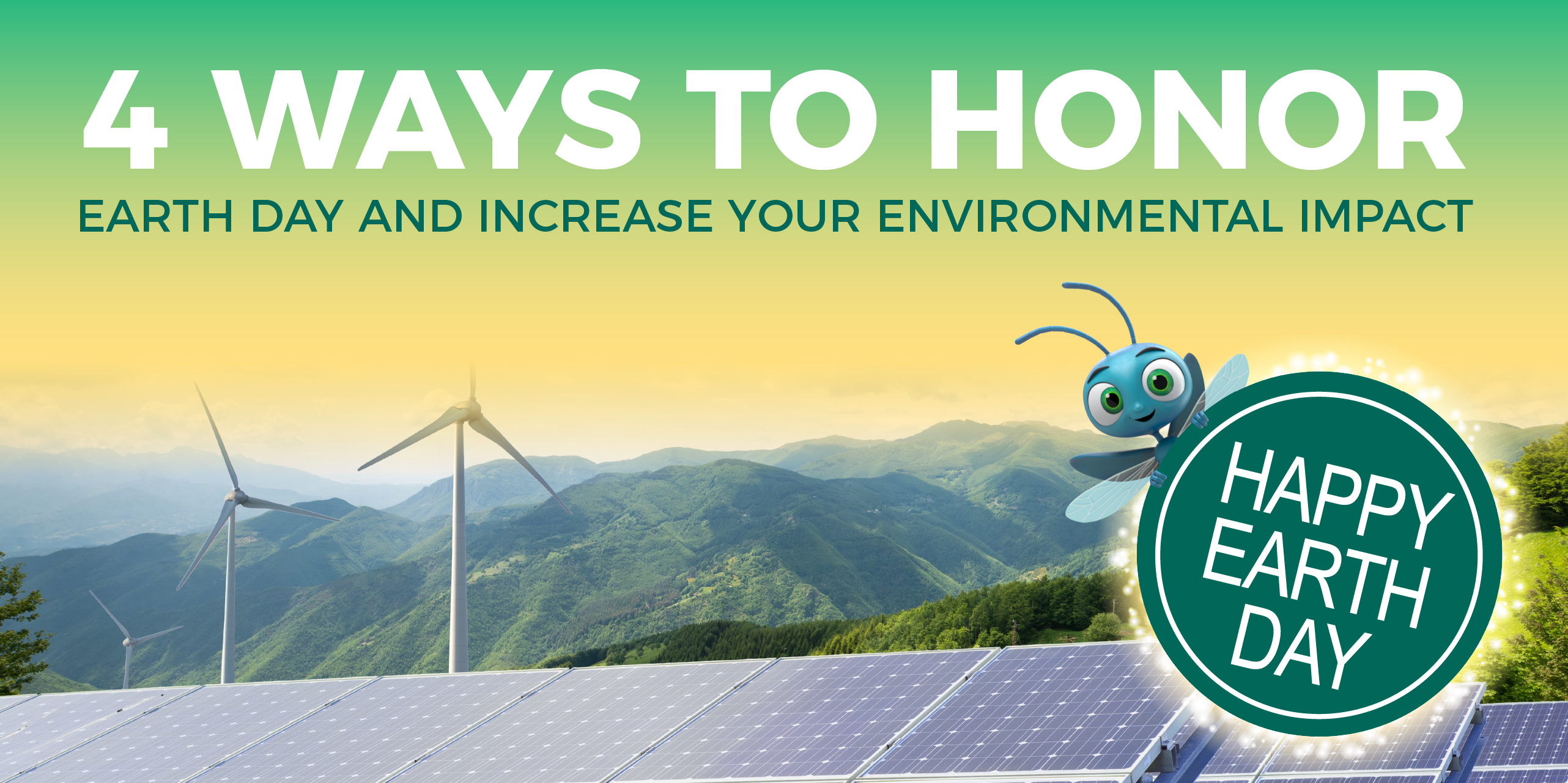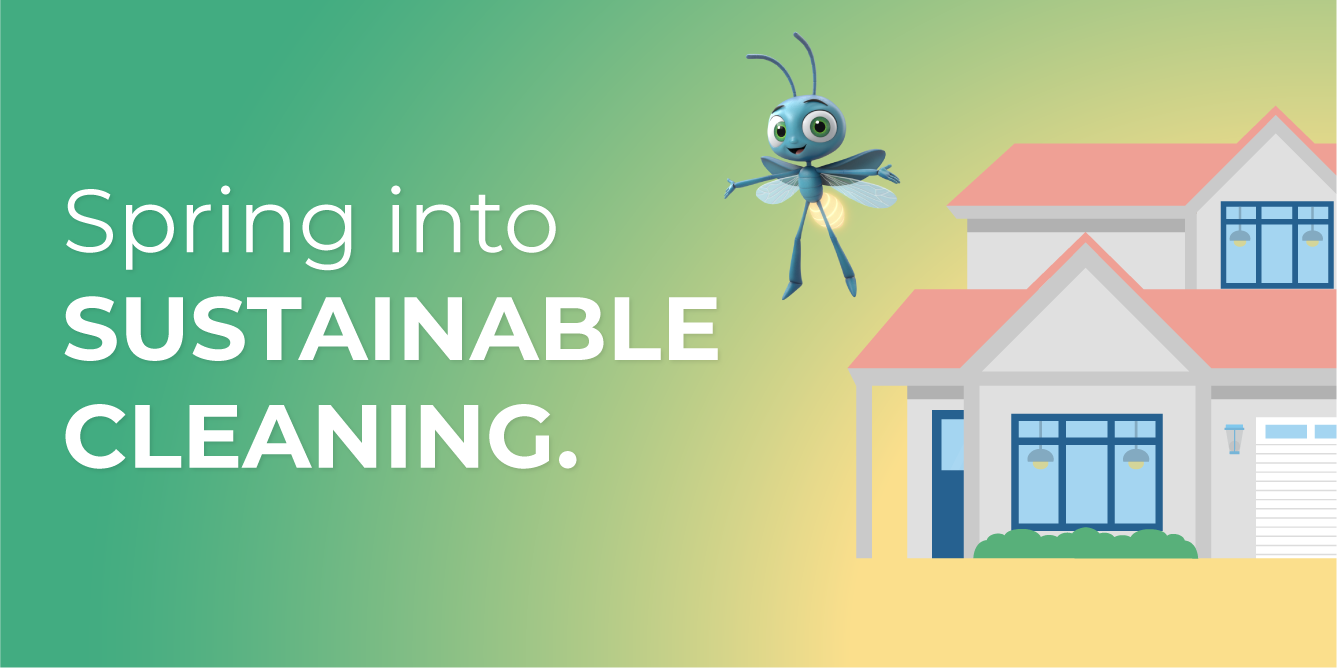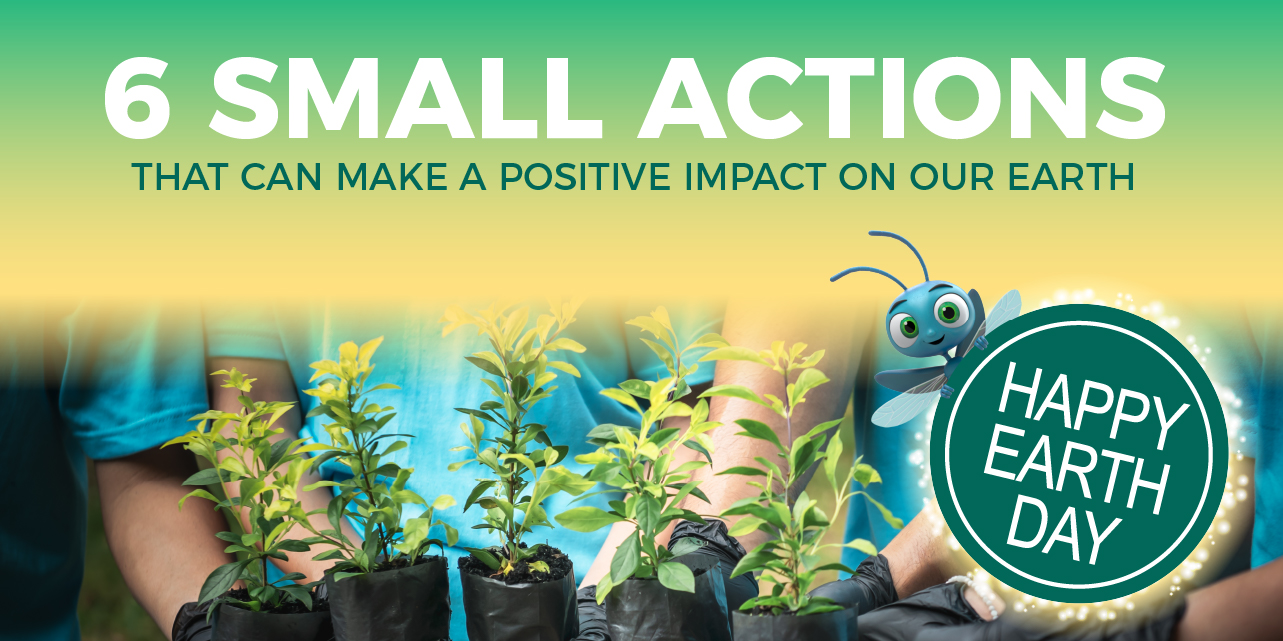Greetings, eco-conscious parents and parents-to-be, and welcome to the world of sustainable parenting! Whether you’re expecting soon, nurturing a newborn, guiding a K-12 student or sending your “baby” off to college dorm life, one thing is for sure: raising children creates a lot of unintentional waste. Embracing sustainability seems daunting when you’re already exhausted from the whole parenthood thing, right? But we’re here to help! The key is to start with baby steps. And a brighter future for your kids will be worth the bit of extra effort. Let's explore some practical ways to put sustainable parenting into practice in your family’s daily life.

It’s no coincidence that the more sustainable choice for the planet is also usually the healthier choice for your child. Materials to look for when shopping include biodegradable, BPA-free, nontoxic, PVC-free plastic and 100% organic.
- Clothing: Try the comfort and eco-friendliness of organic cotton — it uses far less water to produce than regular cotton and is grown without harmful chemicals or pesticides.
- Toys: Did you know that 90% of toys on the market are made of plastic? In a test of 248 different toys, 92% were categorized as “serious risk” because they contained hazardous chemicals like phthalates. Wooden toys provide a natural alternative to plastic, keeping your child and the planet safer!
- Drinkware: Even BPA-free plastic baby bottles can leach contaminants, especially when heated. Glass or stainless-steel bottles don’t release harmful chemicals, and they’re the most sustainable materials available. For older children (and adults!), stainless steel cups and water bottles provide a great plastic-free alternative.
Buying sustainably made products when possible is a shift that benefits Mother Earth and your family.

Here are a few swaps to consider:
- Cloth diapers: On average, babies go through 2,500 to 3,000 disposable diapers in their first year. While it requires a bit more upfront investment and some extra laundry work, using cloth diapers drastically reduces the amount of waste going to landfills. (Plus, they come in cute patterns that’ll brighten everyone's day!)
- Cloth wipes: Using cloth wipes can keep thousands of disposable wipes from polluting the planet. And if you’ve chosen to use cloth diapers, it’s barely any extra work to use cloth wipes and throw them in the same load of laundry.
- Sustainable food storage: From reusable squeeze pouches to stainless-steel snack containers and silicone sandwich bags, food doesn’t need to be stored in disposable packaging to be convenient. Most food storage containers can go in the dishwasher or be rinsed quickly, making this swap eco-friendly and oh so easy.
If you replace even one category of single-use items with a reusable option, you’re making a positive impact on the environment, reducing your family’s carbon footprint and likely saving money in the long run.

Kids really do grow like weeds, making it impractical to buy brand-new items that will only be used for a short time. Try to shop secondhand for what you need, from strollers, highchairs and toys to clothes, shoes and sporting equipment. It saves you money and helps reduce the impacts of manufacturing and shipping new items — processes that have their own carbon footprints.
It's also a trend that’s catching on. Resale is expected to grow 16x faster than the overall retail sector by 2026!
You have several options to explore:
- Shop at resale stores. Once Upon a Child, Plato’s Closet, Clothes Mentor, Play It Again Sports and local thrift shops offer great deals, Earth-friendly consumerism and one-of-a-kind finds.
- Buy new-to-you online. Sites like ThredUp, Poshmark and many others let you browse for like-new items at a fraction of their retail price.
- Purchase directly from sellers. Facebook Marketplace, Craigslist and eBay are just a few avenues that cut out the intermediary and let you buy secondhand items directly from the seller.
Once you’ve gotten into the eco-conscious habit of shopping secondhand, you may never go back to buying new!

Sharing is caring, y’all! Whether it’s borrowing from friends and family, neighbors or even people in your community you connect with via social media, most people are happy to lend or gift an item if they have it.
If you’re not sure where to start, try joining the Buy Nothing Project Project. Through a network hyperlocal to your location, you can give, receive, share or borrow. Not only is it a perfect fit for sustainable parenting, but it’s also a way to meet other eco-conscious people in your community.

When you want or need to buy something new, cast your vote for a greener planet by purchasing from companies that prioritize sustainability, eco-friendly products and ethical practices. Look for brands that share your values through things like net-zero operations, zero waste, Fair Trade Certified™, recyclable packaging and other efforts.
Here are a few child-focused companies to check out:
- The Honest Company
- Babyganics
- Earth Mama Organics
- Pipette Baby
- aden + anais
- Green Toys
And if you think your choices can’t make an impact, think again. A recent IBM study found that purpose-driven consumers (those who choose products and brands based on how well they align to their own values) now represent the largest segment (44%) of consumers.
Together, we can make a difference in the world through responsible consumer choices.

The adage “quality over quantity” applies to parenthood in many scenarios. Every purchase has an environmental impact. Consider this: It takes 2,700 liters of water to produce one cotton shirt. Do you buy one high-quality shirt that costs a bit more upfront, or 10 cheap but low-quality shirts? The sustainable choice is obvious.
When selecting baby products, toddler clothes, teen bedroom furniture and more, try to invest in well-made, durable items that can withstand the chaos of parenthood.
In many cases, quality children’s items can be passed down to younger siblings or other families multiple times. This gives you (and the planet) a better return on investment than cheaper options that will need to be discarded and replaced often.
Buying something once and getting the maximum usage from it is a common-sense way for parents to reduce waste.
Sustainable parenting isn't just a trend; it's a lifestyle that nurtures both your child and the Earth. As you raise the next generation through sustainable parenting, you’re also passing on a deep commitment to protecting the only planet we have.
One of the most impactful ways to nurture the future generation is to power your home — and all the memories you create in it — with renewable energy. Take the first step by entering your ZIP code below.
We’re here to help you power those precious moments.
Choose a 100% clean energy plan for your family.







